Discover How Nature Heals: Embrace Biodiversity Today
The Role of Local Flora and Fauna in Ecotherapy: How Biodiversity Influences Healing and Well-Being
Ecotherapy emphasizes nature’s healing power. It invites individuals to reconnect with the environment to promote mental and physical well-being. This practice highlights local flora and fauna, showcasing how biodiversity enhances healing experiences. Engaging with local ecosystems fosters belonging and provides unique health benefits. This essay explores ecotherapy, practical ways to engage with biodiversity, and the benefits of these interactions.
Understanding Ecotherapy
Ecotherapy believes in nature’s intrinsic healing properties. It often involves outdoor activities that connect individuals with plants, animals, and landscapes. Research shows that nature exposure reduces stress, anxiety, and depression. A University of Exeter study found that green spaces improve mental health outcomes.
Diverse species in local ecosystems amplify these positive effects. Local flora, like trees and wildflowers, offers beauty and peace. Local fauna, including birds and insects, adds vibrancy to outdoor experiences. Together, these elements create healing and personal growth environments.
Tips for Engaging with Local Biodiversity
1. Visit Local Parks and Nature Reserves
Visit nearby parks and nature reserves to connect with nature effectively. These spaces showcase various local plant and animal species. Walk the trails, observe wildlife, and immerse yourself in natural sights and sounds. Being present in these environments reduces isolation and anxiety, promoting relaxation.
2. Plant a Garden
Starting a garden engages you with local flora and fauna. Choose native plants that thrive in your area; they require less maintenance and attract local wildlife. Gardening fosters responsibility and nurturing, connecting you with nature. Tending to a garden also encourages mindfulness and physical activity.
3. Join Nature Groups
Participate in local nature groups or community gardening projects to foster social connections. Many communities offer organized nature walks, habitat restoration volunteer opportunities, or educational workshops. These activities enhance your biodiversity understanding and promote belonging.
4. Practice Mindfulness Outdoors
Mindfulness encourages individuals to be present outdoors. When outside, focus on your surroundings and engage fully with nature.
Conclusion
Engaging with local flora and fauna through ecotherapy offers numerous healing benefits. Connecting with nature promotes well-being and enhances personal growth.
Below are related products based on this post:
FAQ
What is ecotherapy and how does it work?
Ecotherapy is a practice that emphasizes the healing properties of nature, encouraging individuals to connect with their environment to promote mental and physical well-being. It often involves outdoor activities that immerse people in local ecosystems, which can reduce stress, anxiety, and depression, ultimately improving mental health outcomes.
What are some practical ways to engage with local biodiversity?
Practical ways to engage with local biodiversity include visiting local parks and nature reserves, planting a garden with native species, joining nature groups or community gardening projects, and practicing mindfulness outdoors. These activities help foster a connection with local flora and fauna, enhancing overall well-being.
What benefits does interacting with local flora and fauna provide?
Interacting with local flora and fauna offers numerous benefits, including reduced feelings of isolation and anxiety, increased relaxation, and improved mental health. These interactions also promote personal growth by fostering a sense of belonging and encouraging mindfulness and physical activity.
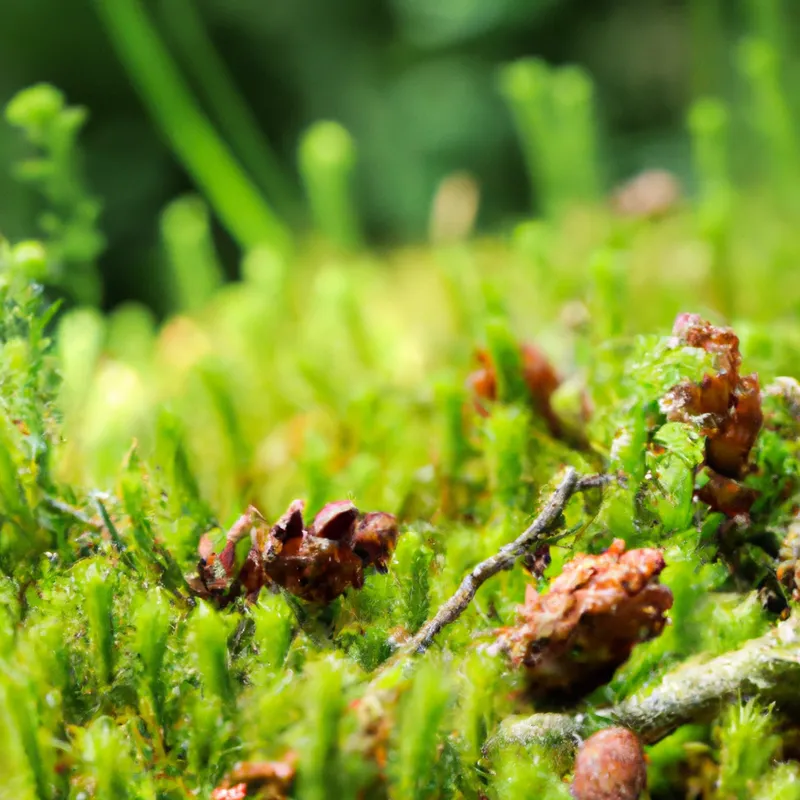



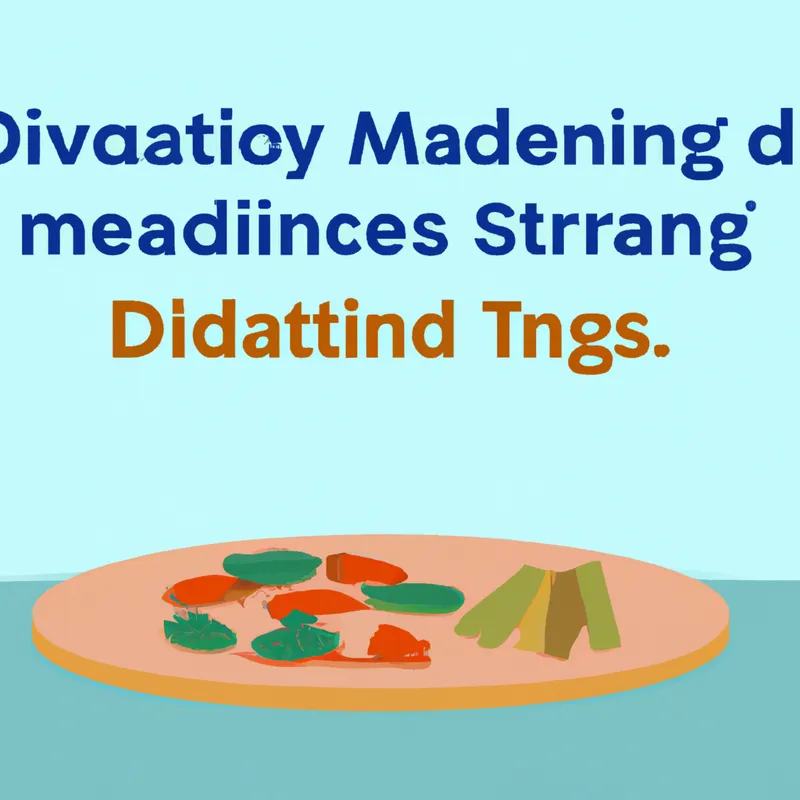


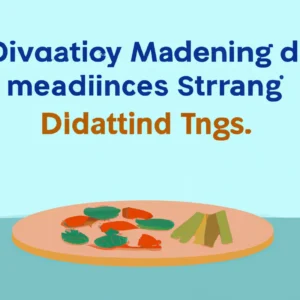

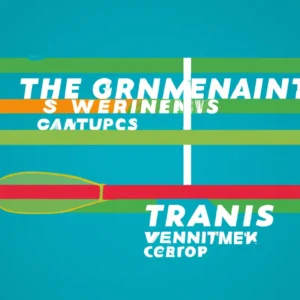


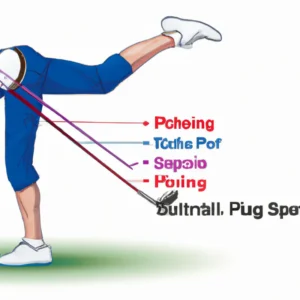
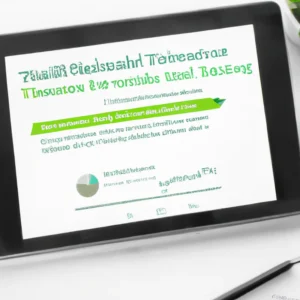
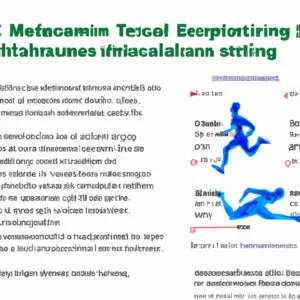
Post Comment